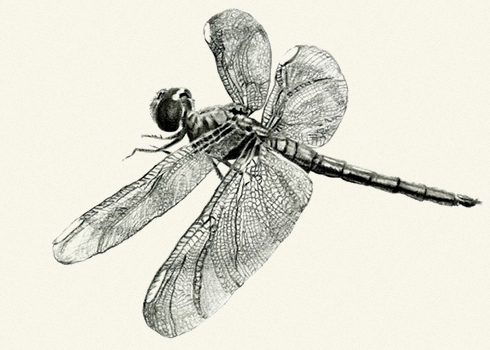The Designer
“I live in the hope of the Garden.” – Judy Sharpton
It has always been my feeling that gardens are not made but evolve over time. The evolution begins with forethought and careful planning. Once the garden has been installed, keen observation and meticulous maintenance come into play. Initially, our focus is on how everything is adjusting to the new environment and keeping the weeds down. (During the first year, most issues that occur are due to watering either too much or not enough.) As the garden matures microclimates emerge and we shift our focus to what is working and what isn’t, making adjustments based on our observations and changes to the environment. Ultimately, observation and maintenance is the key to a successful garden design—proper mulching, weeding, watering, deadheading, pruning, and seasonal cleanup.
My design goal is to create a space that nurtures the soul and quiets the mind through the beauty and peace of the garden. Beauty comes from the juxtaposition of contrasting elements, including transition, texture, color, structure, and scale. Some of my favorite results are happy accidents—attracted wildlife (hummingbirds, bees, butterflies), certain plant or color combinations, or sounds you didn’t anticipate (rustling leaves). Frederick Law Olmsted, the founder of landscape architecture, knew the garden’s affect on the mind and soul when he said, “Nature aids mindfulness.”
My path to the green industry has been a long one, and it began when I was very young. I believe my interest and aptitude for what I love today was influenced by parents who lacked the time and interest to maintain their own landscape. I can remember being a toddler standing in the front yard with grass up to my knees. I was an observant child and noticed the beauty and wonder of nature.
As life marched on, I married, started a family, and worked to help support my family. During this time, I looked for ways to boost my job satisfaction, which I felt, at the time, was linked to the amount of money I made. I researched degrees that would integrate into a career with my current employer, but none of these options felt like a good fit for me. This was when I turned my educational focus toward what I enjoyed the most: horticulture and design. In 1996, I started a dialogue with the University of Idaho, College of Art & Architecture working to ensure that the classes I attended at Boise State University would transfer directly to the Landscape Architecture program. Keep in mind that I still have a husband, a little one at home, and a job with benefits that was hard to leave, so relocating to Moscow, Idaho, at this time wasn’t an option. I picked away at the classes that I could take here in Boise until I got to the point where there wasn’t anything else that I could take without relocating. At this point, I took a short break from college, but continued my education by earning my Master Gardener and Tree Steward Certifications. In the fall of 2002, I joined Boise State University, Larry Selland’s College of Applied Technology Horticulture Program part time.
The slow track to graduation was discouraging at times, but life has a way of giving you a shove when you least expect it. In March 2003, my job of 18 years with Boise Cascade Corporation was eliminated. All of a sudden, I was free, whether I wanted to be or not, to do something different. I always said that if I was ever laid off from work that I would take the opportunity to finish school. So that’s what I did.
I graduated from:
Boise Parks & Rec., Community Forestry Tree Steward Program, October 2001
University of Idaho, College of Ag., Cooperative Ext., Master Gardener Program, December 2001
Boise State University, Larry Selland’s College of Applied Technology, Associates of Applied Science, Horticulture — Graduated Summa Cum Laude, December 2005
University of Idaho, College of Art & Architecture, Moscow, Idaho, Bachelor of Science, Landscape Architecture; Minor-Arboriculture & Urban Forestry — Graduated Magna Cum Laude, May 2009
International Society of Arboriculture (ISA) Certified Arborist 2010 — PN-7012A, March 2011
ISA Certified Tree Risk Assessment Qualification, May 2012
Although my credentials are relatively young, my experience has been developing over the course of my lifetime. – Kathy



